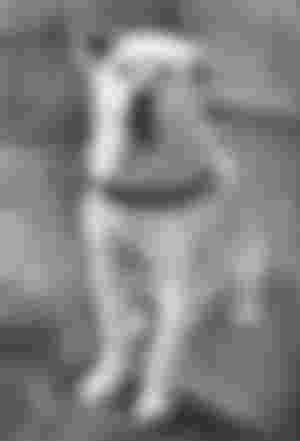
Hachikō (ハチ公, November 10, 1923 – March 8, 1935) was a Japanese Akita dog remembered for his remarkable loyalty to his owner, Hidesaburō Ueno, for whom he continued to wait for over nine years following Ueno's death.[2]
Hachikō(ハチ公)Hachikō (c. 1934)SpeciesDog (Canis lupus familiaris)BreedAkita InuSexMaleBorn10 November 1923
near the city of Ōdate, Akita Prefecture, JapanDied8 March 1935 (aged 11)
Shibuya, Tokyo, JapanResting placeAoyama Cemetery, Minato, TokyoKnown forWaiting perseveringly for the return of his deceased owner for more than nine years until his death.
Statues:
1st bronze statue of Hachikō at Shibuya Station (scrapped)
2nd bronze statue of Hachikō at Shibuya Station (where he waited)
bronze statue of Hachikō at Ōdate Station, Japan
bronze statue of Hachikō in front of the Akita Dog Museum [ja] in Ōdate, Japan
bronze statue of Hachi at Woonsocket Depot
bronze statue of Hachikō and Hidesaburō Ueno at University of Tokyo, Japan
STORY:
Hachikō was born on November 10, 1923, at a farm near the city of Ōdate, Akita Prefecture.[3] In 1924, Hidesaburō Ueno, a professor at the Tokyo Imperial University, brought him to live in Shibuya, Tokyo, as his pet. Hachikō would meet Ueno at Shibuya Station every day after his commute home. This continued until May 21, 1925, when Ueno died of a cerebral hemorrhage while at work. From then until his death on March 8, 1935, Hachikō would return to Shibuya Station every day to await Ueno's return.
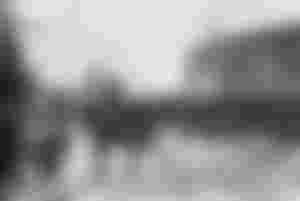
During his lifetime, the dog was held up in Japanese culture as an example of loyalty and fidelity. Well after his death, he continues to be remembered in worldwide popular culture, with statues, movies, books, and appearances in various media. Hachikō is known in Japanese as chūken Hachikō (忠犬ハチ公) "faithful dog Hachikō", hachi meaning "eight" and the suffix -kō indicating affection.[4]
Shibuya Station as it was in the Taishō and Pre-war Shōwa eras (1912–1945).
Hachiko, a golden brown Akita, was born on November 10, 1923 at a farm located in Ōdate, Akita Prefecture, Japan. In 1924, Hidesaburō Ueno, a professor in the agriculture department at the Tokyo Imperial University, took Hachikō as a pet and brought him to live in Shibuya, Tokyo. Ueno would commute daily to work, and Hachikō would leave the house to greet him at the end of each day at the nearby Shibuya Station. The pair continued the daily routine until May 21, 1925, when Ueno did not return. The professor had suffered a cerebral hemorrhage, while he was giving a lecture to his class, and died without ever returning to the train station in which Hachikō waited.
Each day, for the next nine years, nine months and fifteen days, Hachikō awaited Ueno's return, appearing precisely when the train was due at the station.
Hachikō attracted the attention of other commuters. Many of the people who frequented the Shibuya train station had seen Hachikō and Professor Ueno together each day. Initial reactions from the people, especially from those working at the station, were not necessarily friendly. However, after the first appearance of the article about him in Asahi Shimbun on October 4, 1932, people started to bring Hachikō treats and food to nourish him during his wait.[5]
One of Ueno's students, Hirokichi Saito, who developed expertise on the Akita breed, saw the dog at the station and followed him to the home of Ueno's former gardener, Kuzaboro Kobayashi,[6] where he learned the history of Hachikō's life. Shortly after the meeting, the former student published a documented census of Akitas in Japan. His research found only 30 purebred Akitas remaining, including Hachikō from Shibuya Station.
He returned frequently to visit Hachikō, and over the years he published several articles about the dog's remarkable loyalty. In 1932, one of his articles, published in Asahi Shimbun, placed the dog in the national spotlight.
Last known photo of Hachikō - pictured with his owner's partner Yaeko Ueno (front row, second from right) and station staff in mourning in Tokyo on March 8, 1935.
Hachikō became a national sensation. His faithfulness to his master's memory impressed the people of Japan as a spirit of family loyalty to which all should strive to achieve. Teachers and parents used Hachikō's vigil as an example for children to follow. A well-known Japanese artist rendered a sculpture of the dog, and throughout the country, a new awareness of the Akita breed grew.
Eventually, Hachikō's legendary faithfulness became a national symbol of loyalty, particularly to the person and institution of Emperors.[7]

Hachikō died on March 8, 1935 at the age of 11. He was found on a street in Shibuya.[8] In March 2011, scientists finally settled the cause of death of Hachikō: the dog had both terminal cancer and a filaria infection. There were also four yakitori skewers in Hachikō's stomach, but the skewers did not damage his stomach nor cause his death.[
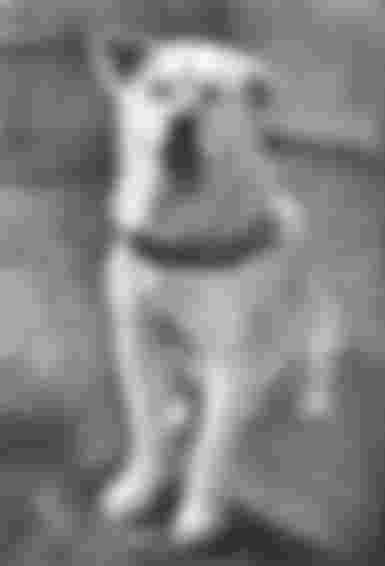
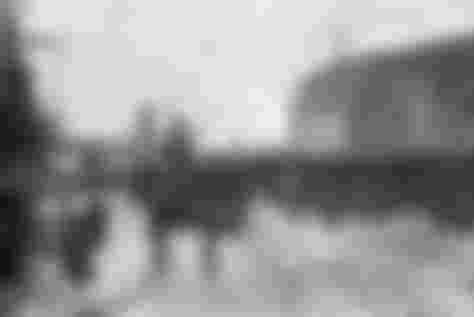
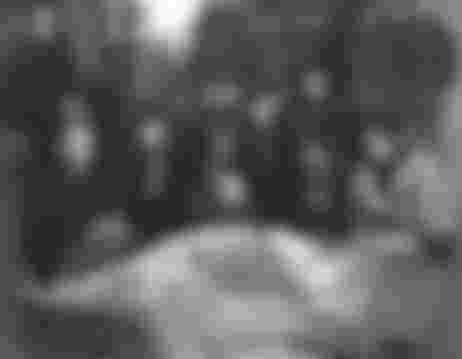
Very nice article. I like your article. I hope you will a write more article next time. Thank you.